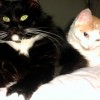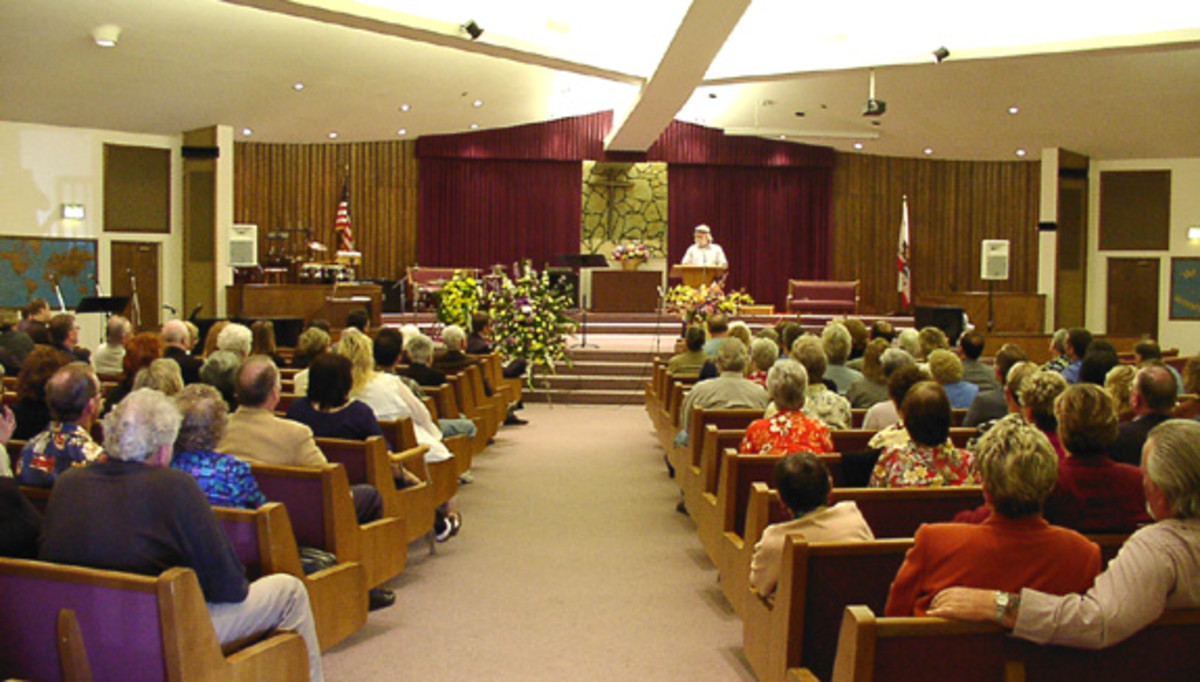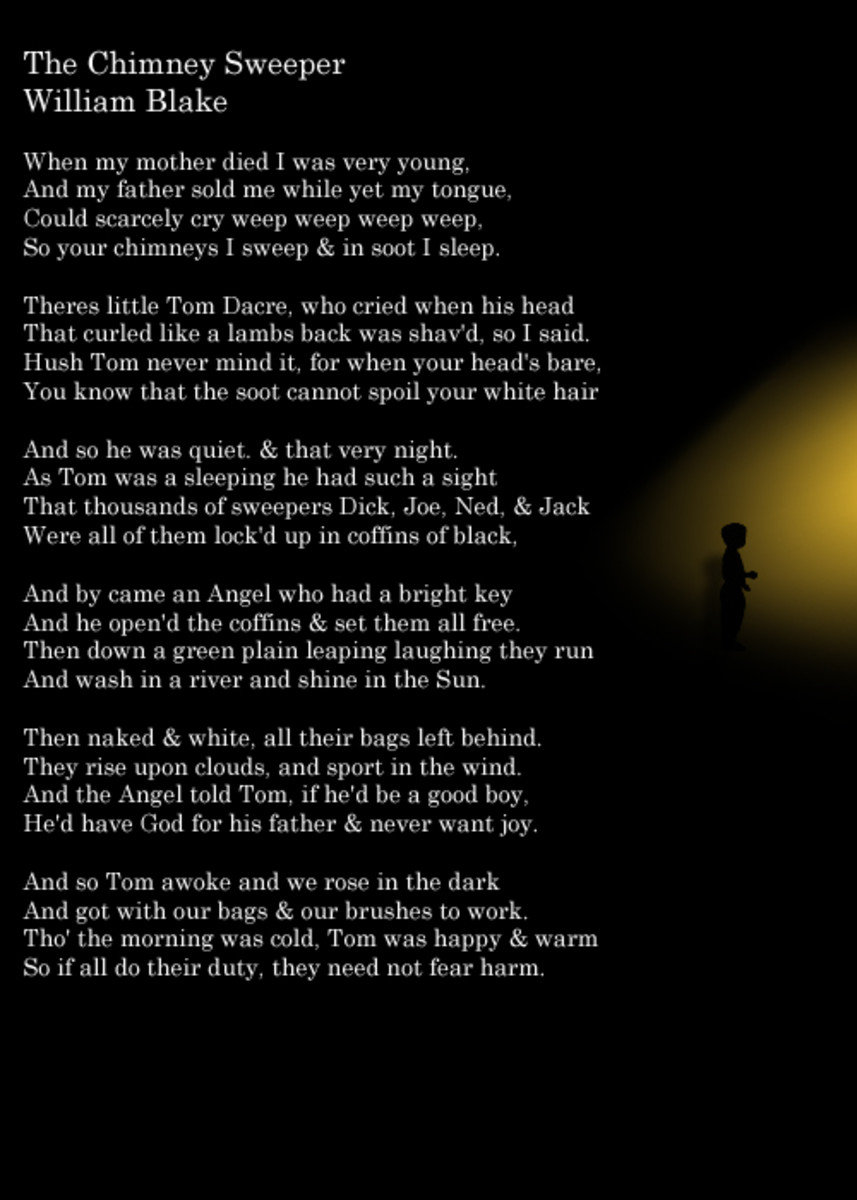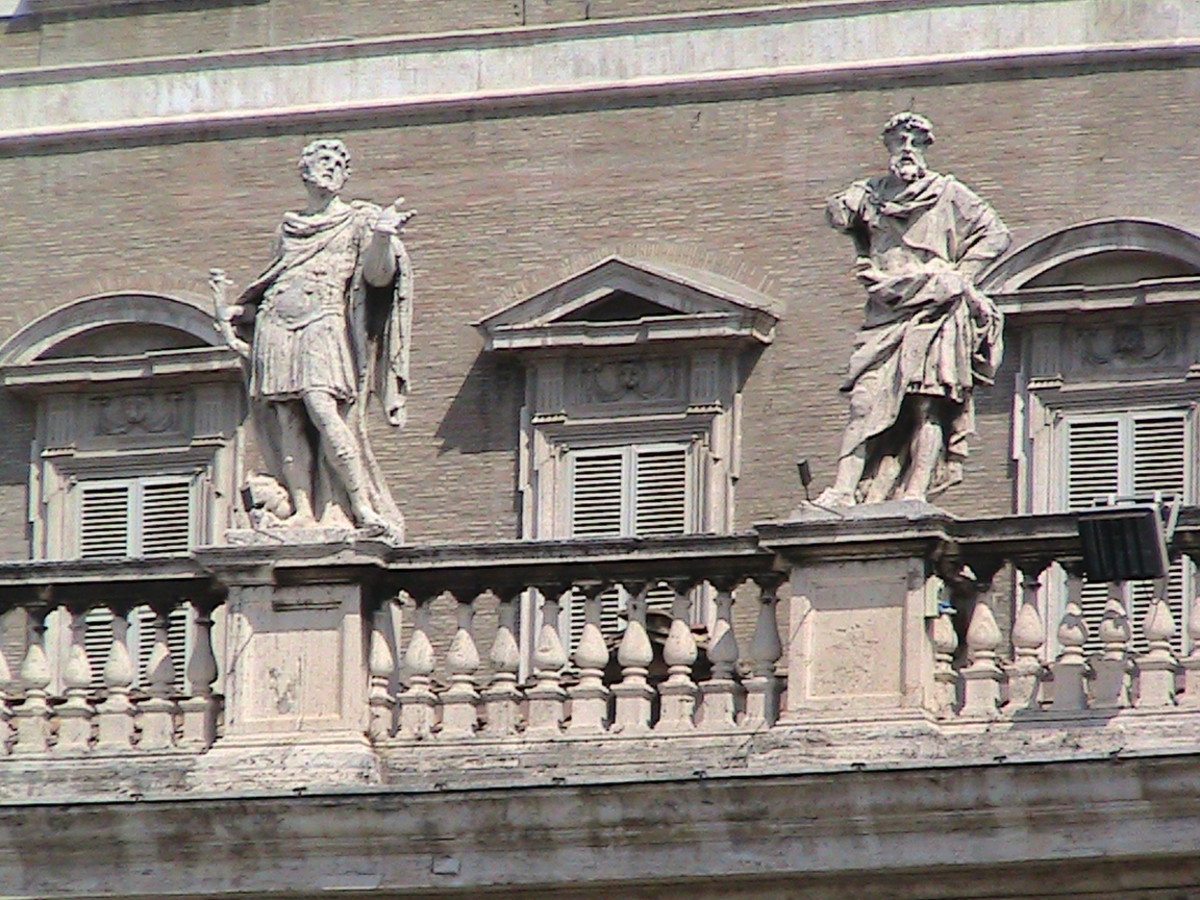The Diary of Samuel Pepys
The value of Samuel Pepys’ journal is found not just in its historical perspective, but in its method and style. Through his use of language Samuel Pepys pulls the reader into his world. He accomplishes this by employing simple language, and using seemingly inconsequential details not usually seen in historical documents. His journal is not just a recitation of facts, but a keen observation on the humanity around him. This is particularly evident in his account of the fire which swept through London in 1666, yet no less obvious in the rest of his journal. We see the same unique style in events such as the Coronation of Charles II on April 23, 1661, and the plague of 1665. Through his use of present tense, appeal to the physical and emotional senses, and detailed observations of these three events the reader is transported back to Pepys’ time, and treated to a wealth of information.

Present Tense
On September 2, the first day of the fire, Pepys takes his reader into the action through his use of present tense where people are “endeavouring to remove their goods … [by] … flinging into the river or bringing them into lighters” (2096). This sense of urgency continues early into the next morning when Pepys, concerned with saving some of his possessions is “riding myself in my nightgown” (272). As a man of fashion, Pepys would hardly be out in public in a nightgown if the situation weren’t dire. As he rides in the cart he continues the present tense narrative describing many others who are “running, riding, and getting” (272). In one instance on the fifth of September he uses the direct quotation ‘”Fyre!”’ (275) to lend an immediate sense to the fire “being come to Barkeing Church, which is the bottom of our lane” (275). He then states “I up; and finding it so” (275) makes quick plans to remove his wife, and gold, from danger. This sense he conveys to the reader of experiencing events as Pepys does is also present in his description of the coronation.
Pepys brings us into the coronation by using terms which we can all identify with when witnessing a special occasion. Instead of simply describing the events he adds in his frustration at not being able to see everything (2088), and that he had to summon “a great deal of patience” to wait for the proceedings to begin. He even goes so far as to include a very human need to urinate – something we have all experienced while present during a special event. These little details allow us to be present with him in a here-and-now sense.
As in his descriptions of the fire, Pepys once again incorporates active, present tense language when writing about the plague year. He reports, “the plague, which grows mightily upon us” (2093), places his reader in the streets with him especially in “my meeting dead corpses” (2095). He personalises his account by writing of the deaths of his waterman, and “a labourer I sent but the other day to Dagnams” (2096); just two examples of the people he dealt with regularly. This eye he has for detail to make his account come alive, is further augmented by his ability to capture us with descriptions of sight, sound, touch, and even taste.
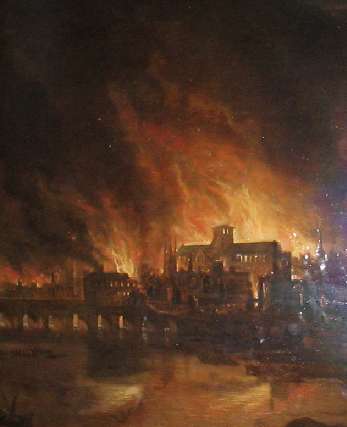
Senses
While relating the details of the fire, he writes “with one’s face in the wind you were almost burned with a shower of firedrops –“ (2098). The reader can easily imagine a flurry of sparks. The sense of touch is further realised when he walks “into Moore-fields … [where] … (our feet ready to burn … among the hot coles)” (276). Through his eyes we see “the whole heaven on fire” (274), and view “the miserable sight of Pauls church, with all the roofs fallen in” (279). We hear the “horrid noise the flames made, and the cracking of houses at their ruin” (2098). Indirectly our sense of taste is awakened when he describes a ‘merry’ meal on the sixth of September which was “as good a meal, though as ugly a one, as ever I had in my life” (278). Even during emergencies we must eat, though the taste may not be quite what we desire.
This sense of taste is further explored in his account of the coronation, albeit in a far different manner. True to his penchant for unconventional details, Pepys describes the results of over-indulgence vividly through “one of the gentlemen [who] fell down stark drunk and there lay spewing”, and includes himself by confessing when he woke he “found … [himself]… wet with …{his] spewing” (2090). It is through these small snippets of personal reality that Pepys’ journal succeeds in being more than a recitation of historical fact. In the plague entries, Pepys again uses a personal detail to convey the realities of death and disease. Instead of simply witnessing the transport of a body down the stairs while he walks home, he tell us he “met a dead corpse” (2094). The simple, monosyllabic choice of words sends a shiver down the reader’s spine as they envision meeting the dead.

- BBC - History - British History in depth: London\'s Burning: The Great Fire
In September 1666 the heart of England's capital, the City of London (now London's financial district), was devastated by fire. - Samuel Pepys - Wikipedia, the free encyclopedia
- Samuel Pepys Home Page
Samuel Pepys' Diary with information about his life and the 17th century background. Selected extracts are supported by a complete transcription of his shorthand text.
Keen Observation
In addition to using simple language, and unusual details, Pepys flavours his journal with particulars that seem to be out of context. Yet if we examine our own lives and times these details simply illustrate to us that no matter what the situation, life must go on. During the London fire he writes about how the people continue with commerce when he ”paid twopence for a plain penny loaf”, and later describes the very human act of price gouging we often see in emergencies by his paying three times the usual price for eels. And in keeping with Pepys’ fleshly appetites he mentions an encounter with “a fine woman … [who is] … discreet” (283). In a similar vein he comments after the coronation that he “took a great deal of pleasure to go up and down and look upon the ladies” (2089). Wedding details (2092) during his plague entries serve to give us a real sense that life always manages to rise to the top. While not essential to the occasion, these little asides add to the overall flavour of his writing. Further to these oddments he includes emotional content which succeeds in rounding out his accounts with a flair not always seen in journals.
By describing the plights of the creatures we see every day, and often take for granted, Pepys tugs at our emotions. During the early part of the fire he notes the “poor pigeons … [that] … hovered about windows and balconies till they were some of them burned, their wings, and fell down” (2097). Again, four days into the fire he sees “a poor Catt … with the hair all burned off the body and yet alive” (277). He extends these everyday things to include institutions that we all take for granted, such as the “post-house being burned” (275).
While he tugs on our heartstrings he also comments on humanity’s desire to find reason in all tragedies, or find someone to blame. He comments on “discourses now begun that there is a plot in it and that the French had done it” (275), which later escalates into danger “for any stranger to walk the streets” (277). Further to seeking imaginary answers for tragic events, Pepys notes the bent people have for superstitious explanations as in his account of the Coronation. Because the rain and thunder held off for the festivities, the “people did take great notice of God’s blessing of the work of these two days” (2089), a superstition which Pepys considered “a foolery”. In the final paragraph of his journal entry of 14 September 1665, dealing with the plague, we find a kind of emotional lament in his repeated use of the words “to hear”. After each repetition he lists the loss of someone known to him, and ends the long discourse with “[it] doth put me into great apprehensions of melancholy” (2096). Yet true to form, Pepys bolsters himself “to keep my wife in good heart” by “put[ting] off the thoughts of sadness” (2096).
His ability to see beyond his melancholy is always evident in his journal, and adds to his unique style of reporting. It is perhaps through this buoyant personality that he is able to pay attention to the inconsequential details, and involve his reader more completely in his time. While we have statistics and records of these events, an account such as Pepys’ gives us a truer human reckoning. His everyday language and conversational style give us a greater sense of the person behind the material which in turn touches us in a more vibrant way.
